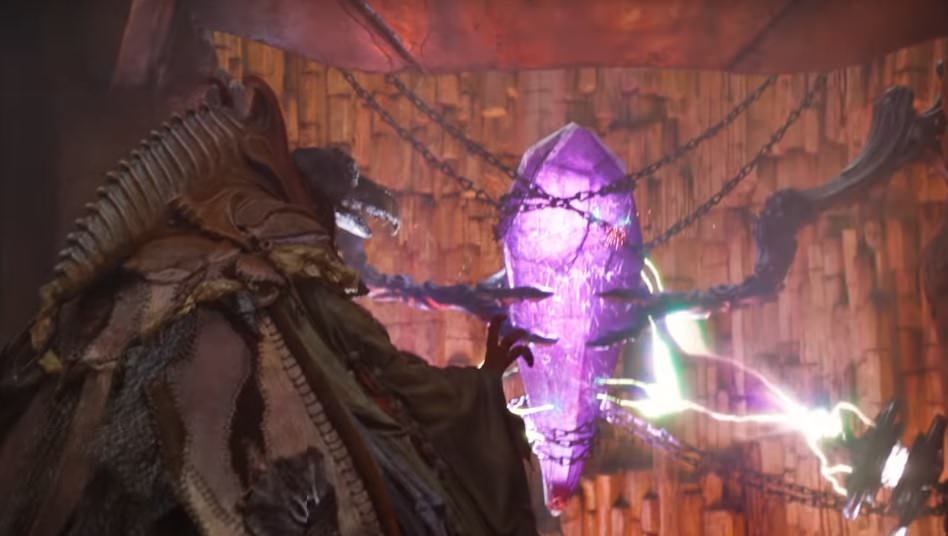

202) that this fugue (for which he chooses the title ‘Voluntary’) ‘makes a more systematic use of invertible counterpoint than any other Restoration organ work’ and that its ‘systematic use of inverted themes … is not characteristic of Restoration organ works’ he earlier (p. 127–8 and 202–3, and transcribed complete in ii, pp. 11 v–22 v, at 11 v–13 r) we are grateful to Andrew Woolley for drawing our attention to this source, which is discussed in Geoffrey Cox, Organ Music in Restoration England, 2 vols. John Ravenscroft’, in a keyboard miscellany also containing works by Frescobaldi and Froberger (GB-Cfm, MU MS 652, fols. The keyboard destination is confirmed by the fact that the free-standing first fugue appears in score (employing six lines for each of the two staves), headed ‘Pr Mr. The second statement is definitely incorrect, for reasons that will become apparent from the discussion below. The RISM Online Catalogue of Musical Sources ( is more precise, placing the date of copying in the last decade of the century and specifying viol consort as the intended instrumentation. The catalogue of the Royal Music Collection dates it to the ‘late 18th century’. The manuscript is written on wove rather than laid paper, which automatically places it in the second half of the century.

Visconti's London address after his marriage was ‘in Fetter Lane at Mr Hoskins house next door to the White Horse Inn by Holborn’ (letter from Haim to Humphrey Wanley, GB-Lbl, Harley 3779, fols. 176, in relation to his participation, together with Cristina's father and uncle, in a demonstration at the Royal Society of a new system of fretting for the viol. Barbieri, Enharmonic Instruments and Music, 1470–1900 (Latina, 2008), p.

There is an extensive literature on Visconti's productive sojourn in London (1702–6), where in 1704 he married Ebenezar (Cristina) Steffkins, from a famous family of viol players. Maria in Via Lata, Status animarum, anno 1700 (fol.

In 1701–2 ‘Gasparo Visconti suonator di violino’ is recorded as living in Rome with Cardinal Benedetto Pamphilj: I-Rvic, Parrocchia di S. Among the persons mentioned in the will is ‘Pietro Paolo Bencini maestro di cappella della Chiesa Nuova’, to whom Cosimi leaves a tobacco pouch as a ‘piccola memoria della nostra ammicitia’ (‘small souvenir of our friendship’).ħ2 On the violinist Visconti, a pupil of Corelli who arrived in London in the summer of 1702, see Lindgren, ‘The Great Influx’, pp. 57), we may assert that the exact time of Nicola Cosimi's death, previously unknown, was the evening of 30 Mar. Bearing in mind that the hour of death was described according to ore italiane (see above, n. Nicolaum Hieronimum de Cosimis eorum fratrem uterinum naturae debitum persolvisse’ (‘yesterday around the second hour and a half of the night, as it pleased the Almighty, Signor Nicola Girolamo Cosimi their brother by the same mother passed away’). 647 r Porfirio and Angelo Cosimi declare: ‘heri circa horam secundam cum dimidio noctis, sicuti Altissimo placuit, D. 620 r), ‘Diversi libri di sonate, parte legati, e parte sciolti, e parte manoscritti, e parte impressi in diverse forme’ (‘Various books of sonatas, partly bound and partly unbound, partly manuscript and partly printed in different ways’): their titles are not given, however. 619 v) ‘Un flauto di canna d'India, et avorio con sua saccoccia di tela’ (‘a flute of Indian cane and ivory with its canvas bag’). This lists two violins without mentioning the maker's name and (fol. The inventory of the property left by Nicola Cosimi to the Oratorian fathers of the Chiesa Nuova is preserved in I-Ras, Notai A.C., vol. Was the string of initials perhaps a misinterpretation (as a personal name) of a pious Catholic gesture in the form of a religious motto such as ‘Laus Deo Jesu Mariaeque Semper’?Ħ5 L. M.S.’, describing the author as ‘Inglese allievo d'Arcangelo Corelli’. 18146/8) makes Caldara the composer, and a third (A-Wn, EM 84) is headed ‘Del Sigre L. 1606) already credits the authorship to Corelli, while another (D-Bsb, Mus. It is interesting that one of the four extant contemporary manuscript sources of the sonatas (I-Fc, MS B. We commented earlier on the partial and somewhat modified reprint by Le Cène under Corelli's name (RISM R 447a / C 3896). 1698) that Marino Silvani in Bologna produced an independent edition, although the probability is that he merely marketed an existing edition, perhaps Roger's. There is a possibility (arising from an entry in his catalogue of c. The sonatas proved popular: Estienne Roger brought out his own edition in Amsterdam in 1698 (RISM R 447: later issues have the catalogue number 253).


 0 kommentar(er)
0 kommentar(er)
